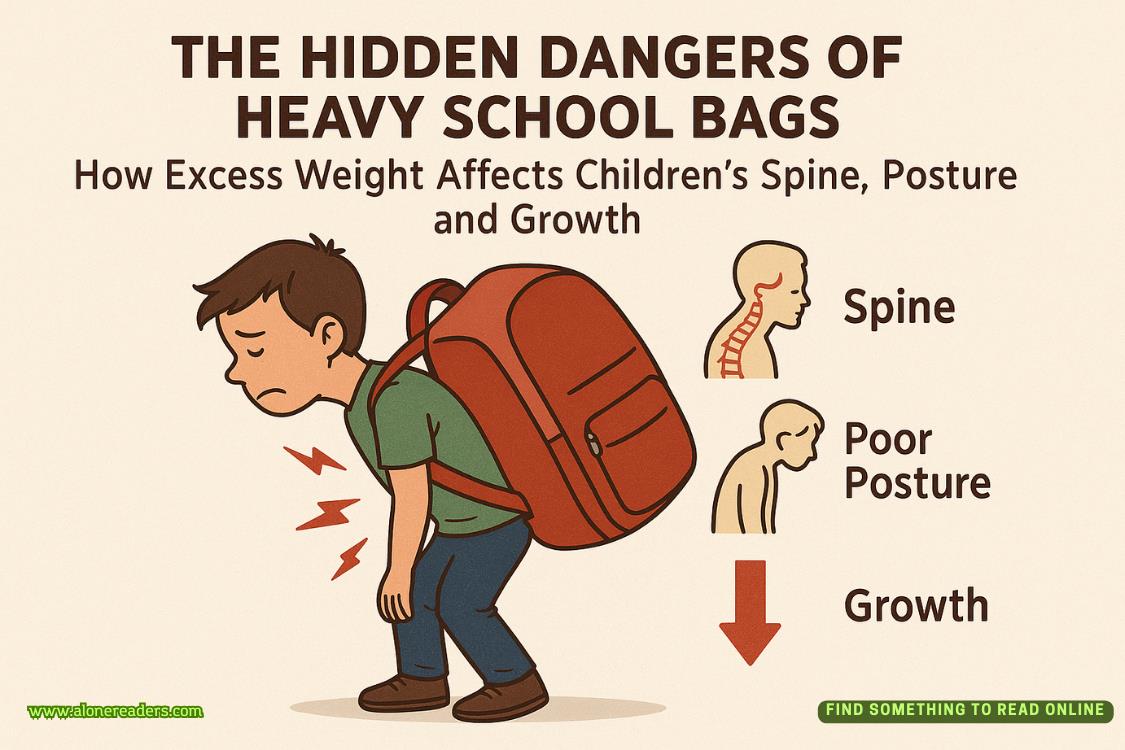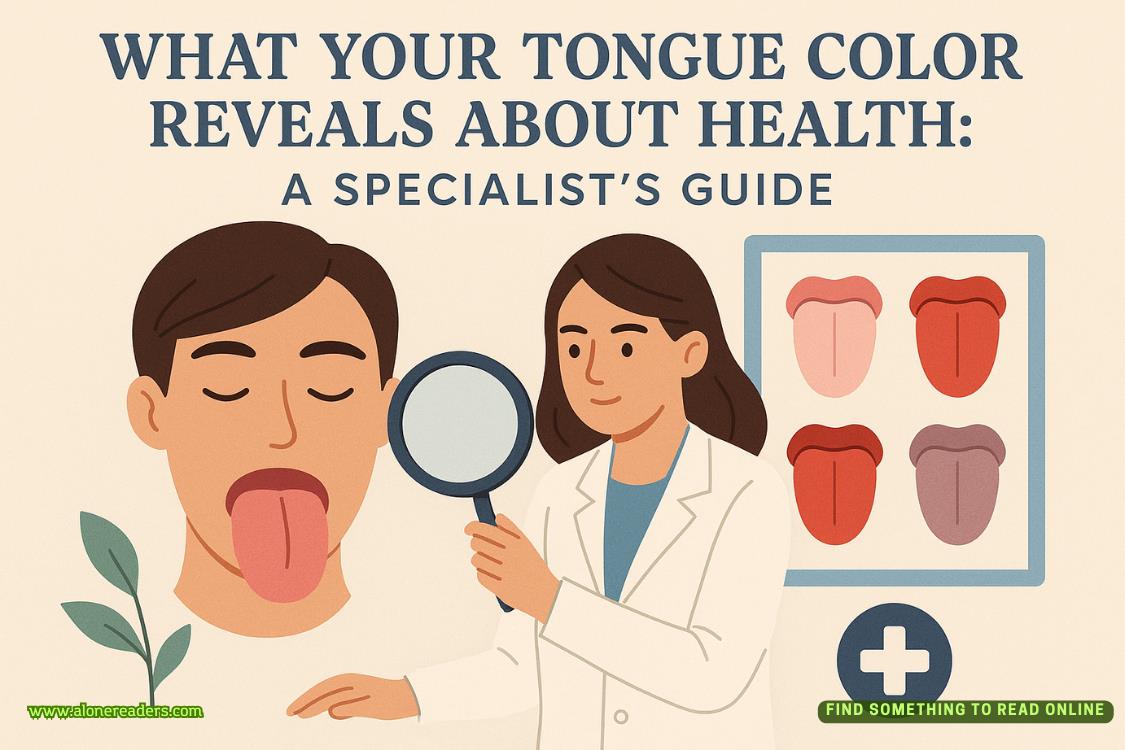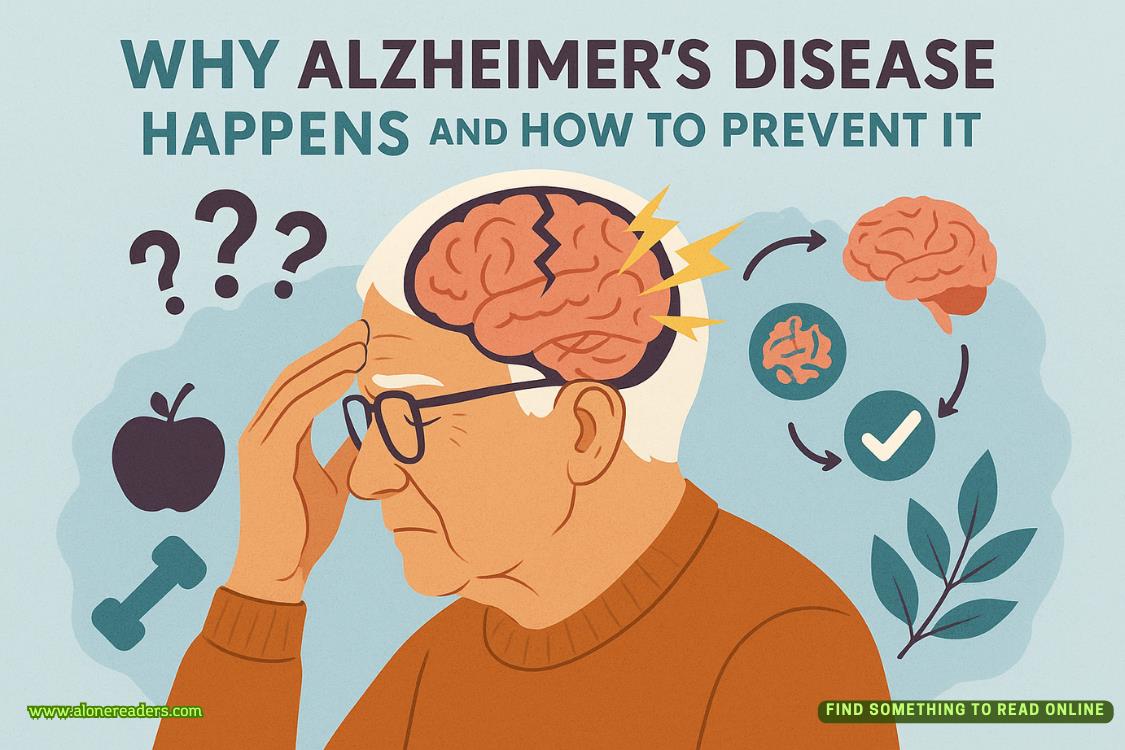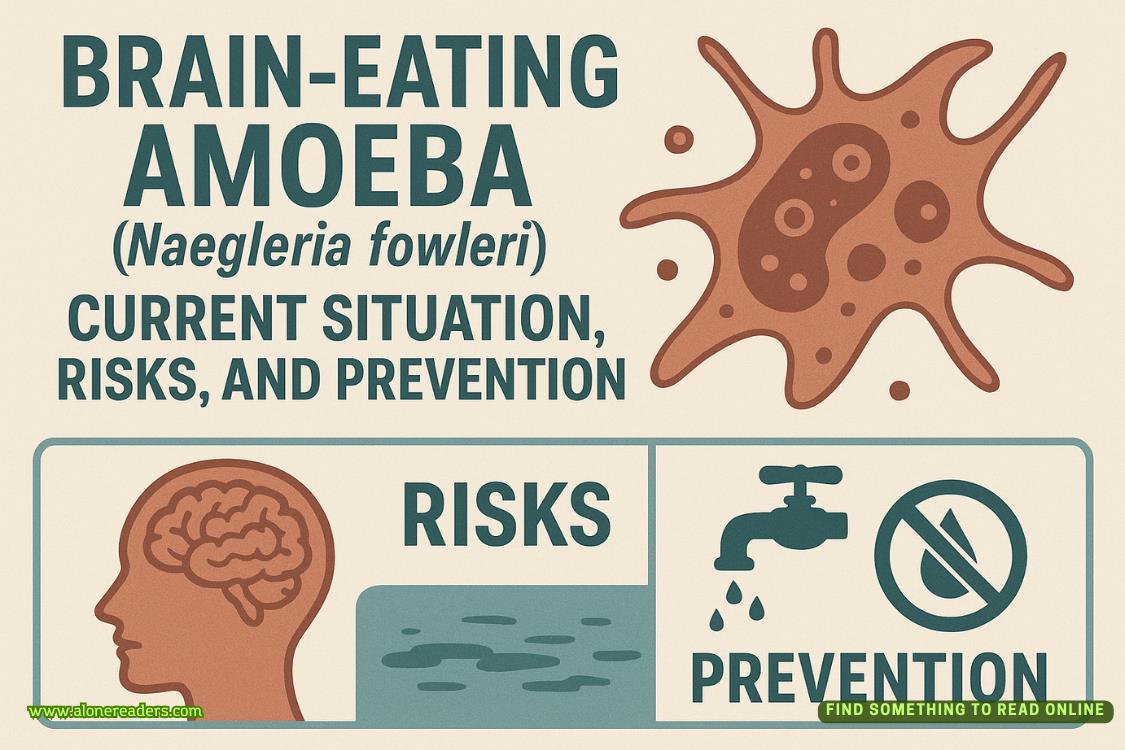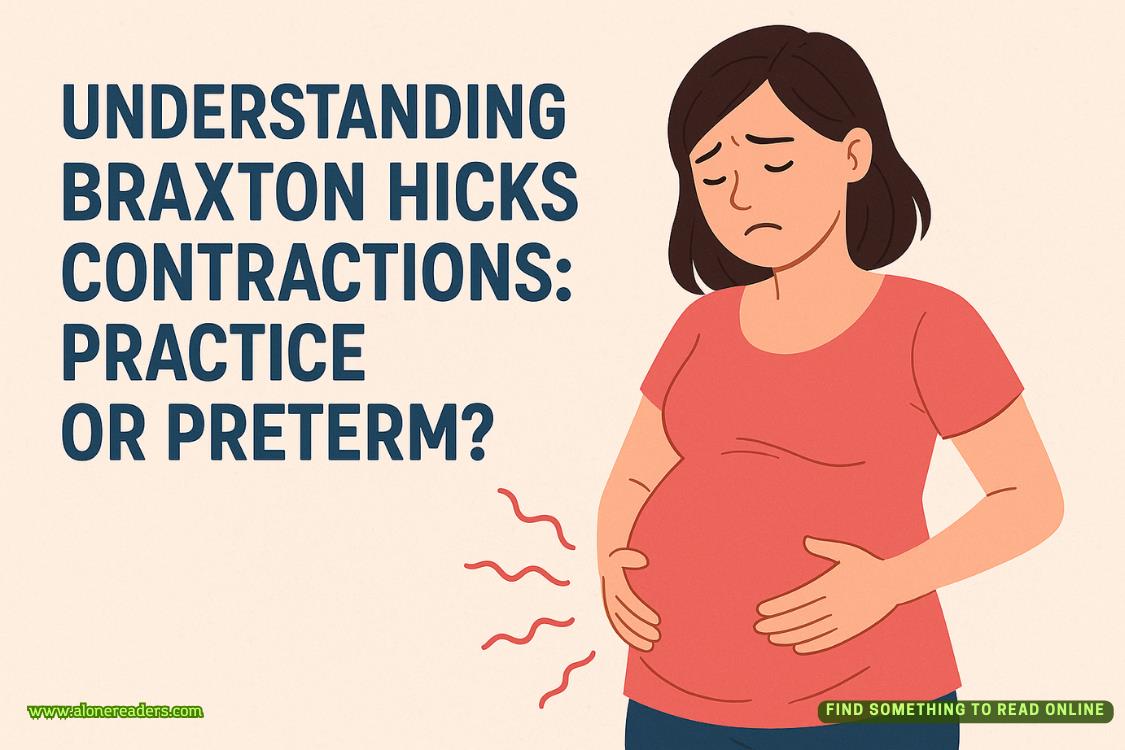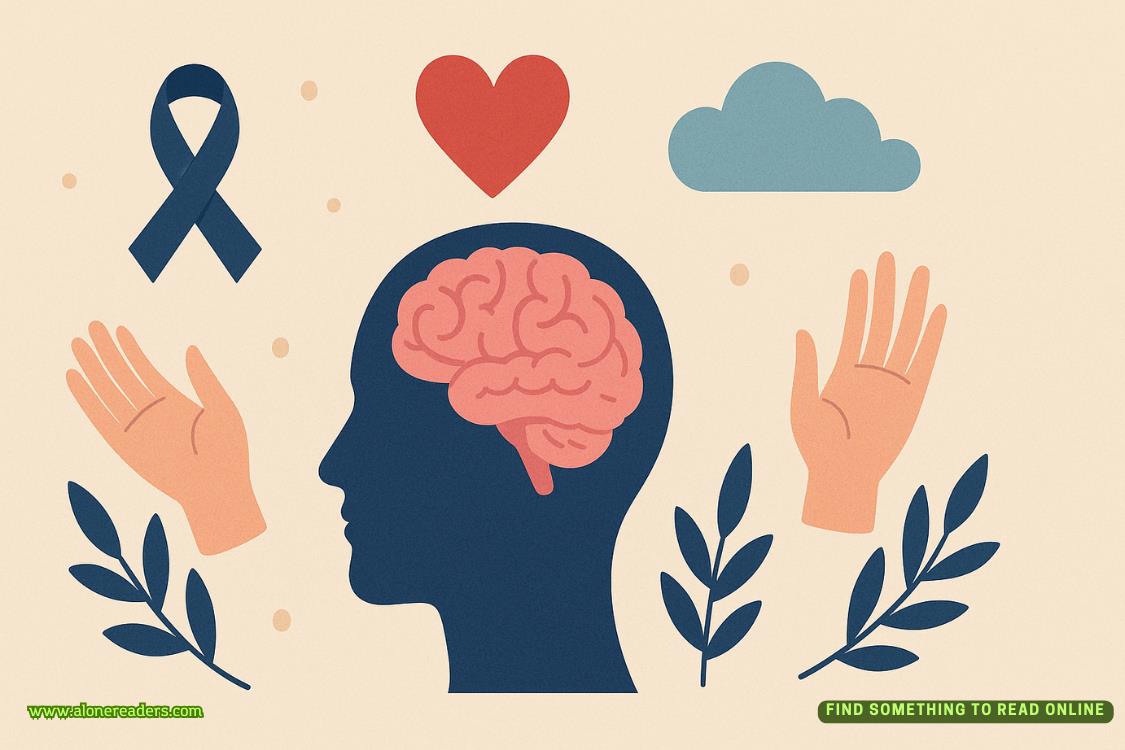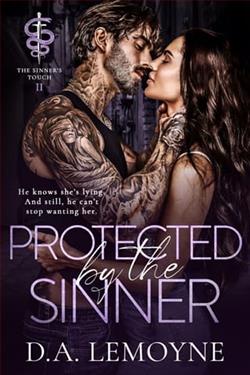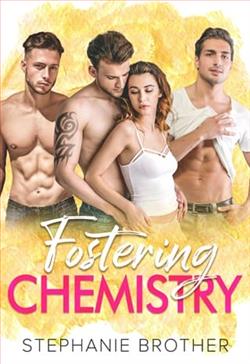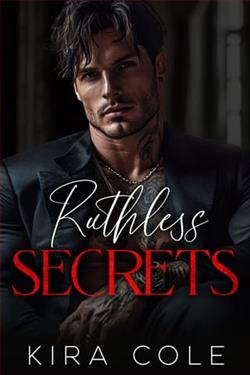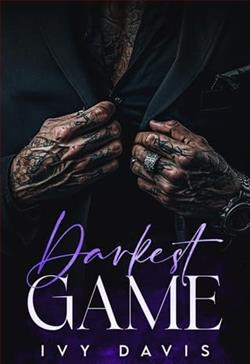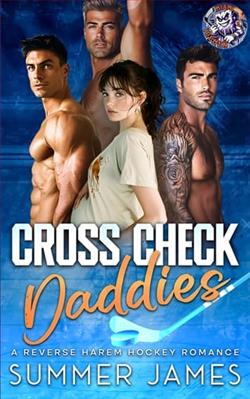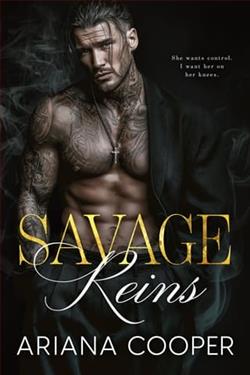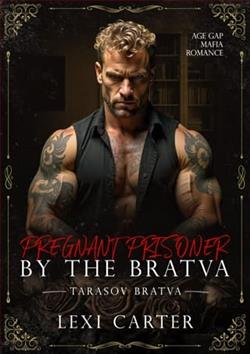Page 5 of The Love Haters
I worked at this corporate video company on the weekdays. You know what corporate videos are, right? They’re like if a TV commercial and a documentary had a baby—but the TV commercial had all the dominant genes. Hallmarks of corporate videos include branding, marketing, and client pleasing. Plus, lots of upbeat, royalty-free music.
Nothing wrong with that.
It was a fun job in a nice building with pleasant colleagues. I had health insurance and a paycheck—at least for now. No complaints.
But. The thing about doing creative work for hire is that you’re not exactly following your own vision. You’re following your vision of what you think somebody else’s vision is.
Which isn’t the same thing.
So, on the weekends, I did my own thing.
A passion project.
I made charming little six-minute mini-documentaries for my fledgling YouTube channel.
And the mini-documentaries were about… heroes.
That was my topic.
I profiled people who had pulled children out of burning cars, or intercepted robberies, or plunged headfirst into riptides. I filmed them at their homes morning, noon, and night and got them to tell me the story of the heroic thing they’d done—and why, and how, and if it had changed them, and what it meant.
A “Day in the Life.” That’s all. A little portrait of an ordinary person who had once decided to do an extraordinary thing.
The idea had come to me at a time when I was feeling, shall we say, justso disappointed in humanity. A time when I really needed to hear stories like that: of kindness and heroism and sacrifice. Of people doinggood.
It worked this way: I spent exactly twenty-four hours with each subject, filming every aspect of that one day—from drinking coffee in the morning, to putting on socks, to feeding the cat, to driving to work. All that was B-roll, which is videographer-speak for filler images, except I didn’t use it as filler. I used it as the whole framework. While I was there, I interviewed the subjects to get the story of the heroic thing they’d done, from start to finish, in great detail. That’s an art: Asking the right questions. Getting the real story about what it was like—really like—to be a hero.
I filmed the interviews, but then I just used the voices. Heroic people telling their own stories for six minutes—with lots and lots of B-roll flashing by on the screen to keep it interesting.
I’ll just say it. The videos were cool.
Unnoticed, but cool.
Here’s a twist. So far, I’d only featured women. Not for feminist reasons, exactly—but because I truly spent a full-circle day with these folks, even sleeping at their houses. They had to agree to that up front in the contract. One full day of me filmingeverything. You could get impossibly amazing shots that way: people blow-drying their hair in slo-mo, or doing morning sit-ups at sunrise, or the steam rising off that first cup of coffee. Not to mention pasta noodles twining on forks, phone calls with sick parents, cuddles with pets. Sighs, frowns, laughs. Tears.
Personal things. True things.
The fact was, I just wasn’t going to ask some random man out of nowhere if I could sleep over at his place alone.
Not even a hero.
Maybe I’d add some men to the series when I was rich and successful and could bring a crew with me. Or a bodyguard. But until then, it was ladies only.
But next, Cole said, “That’s why I’m giving you this. The guy we’re profiling for this promo is a bona fide hero. So you should go to Florida and make the official video—but, while you’re there, do a ‘Day in the Life’ with him on the side.”
Ah. What was it I just said about saying yes and figuring it out later?
Okay, fine. This guybeing a guywas problematic. But I’d seen enough opportunities come and go to keep that to myself.
“What kind of hero is he?” I asked.
“You definitely saw it on the news. It was everywhere a few years back. He saved a golden retriever that fell off a cliff.”
I sat up. “Jennifer Aniston’s dog?”
“Yeah.”
“I know that video,” I said. “That video was everywhere!”
